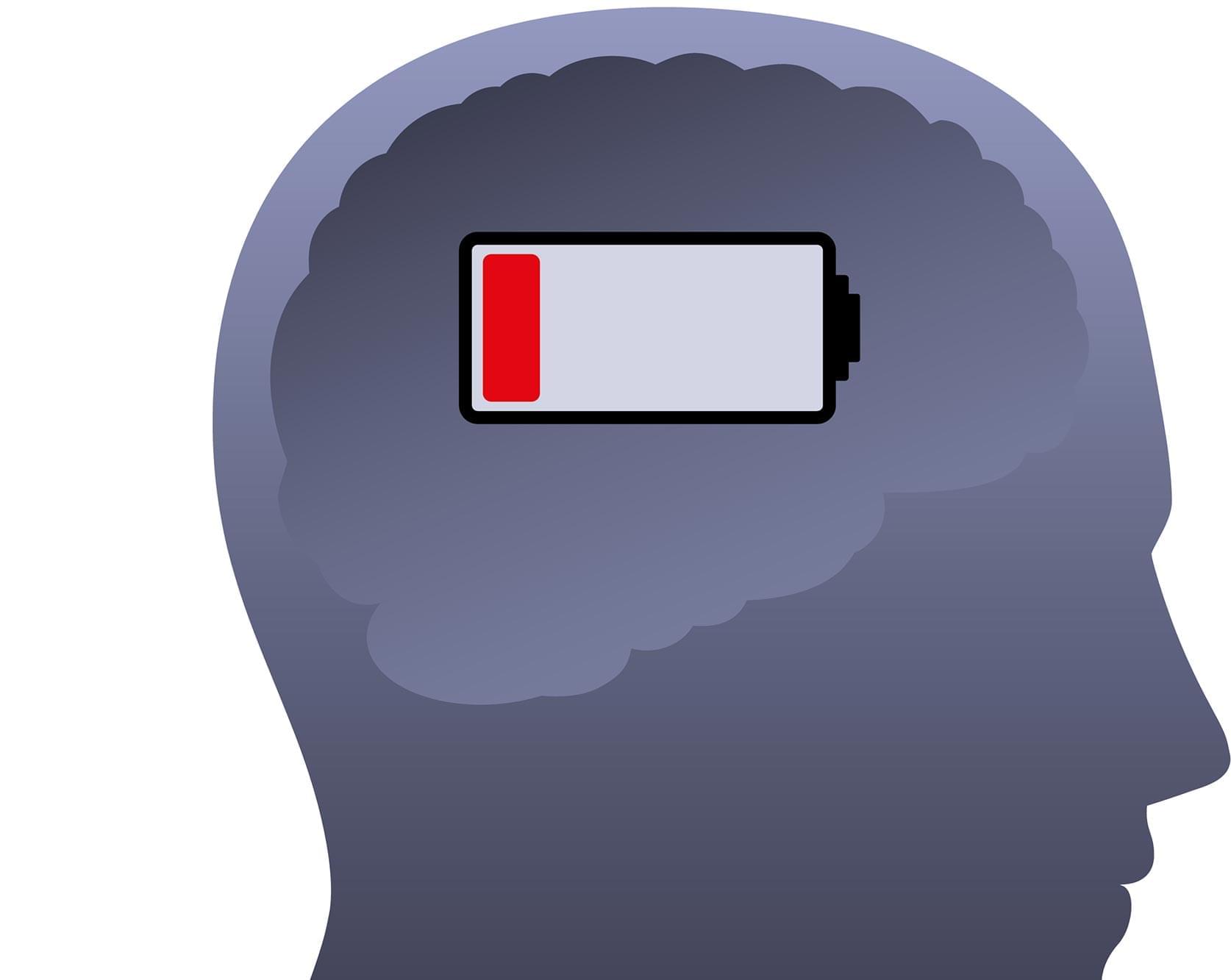The artificial intelligence company mentions ‘home-grown chips to be released soon’ on social media, but provides no further details.



US’ inverted D plasma research leads to breakthrough in nuclear fusion reactor control.
Scientists at the DIII-D National Fusion Facility are investigating a different approach to tokamak operation that has yielded promising results for the design of future fusion power plants.
Recent experiments have demonstrated that a plasma configuration known as “negative triangularity” can achieve the high-performance conditions necessary for sustained fusion energy, while also addressing a critical challenge related to heat management inside the reactor.

New York City launches first self-driving vehicle trials, robotaxi firm to test with 8 cars.
Waymo has received its first permit to test autonomous vehicles in New York City, city officials confirmed Friday. The authorization allows the Alphabet-owned company to deploy up to eight vehicles in Manhattan and Downtown Brooklyn through late September, with the option to extend the program.
The launch marks the first autonomous vehicle testing program in the city. State law requires a trained driver to remain behind the wheel during operations, in line with what officials describe as the nation’s strictest safety standards.
Smartlet microrobots use solar cells and optical signaling to team up underwater.
Powered by solar cells and optical signals, new autonomous smartlets fold into cubes, sense stimuli, and coordinate in aquatic environments.

MIT’s 1972 global collapse warning revisited: Humanity enters make-or-break decade.
Nearly five decades later, sustainability analyst Gaya Herrington revisited World3 with fresh data. Her study, published in the Journal of Industrial Ecology in November 2020 and later shared by KPMG (where she then worked), compared several of the model’s scenarios with decades of empirical trends across variables such as population, fertility and mortality, industrial output, food production, services, non-renewable resources, persistent pollution, human welfare, and ecological footprint.
The aim was straightforward. After half a century, which of World3’s possible futures does the real world most resemble? Herrington found that the dynamics described in 1972 still fit the data “strikingly” well. In scenarios that keep growth as the primary goal, what the original authors called the “standard run” and what we’d now call “business as usual,” the model points to declines in industrial capital, agricultural output, and welfare within this century.



A 10-µm-wide microchip can generate light with any desired direction, polarization, and intensity, which will be handy for future quantum technologies.
Emerging technologies for quantum computing and cryptography require small components capable of emitting photons whose properties are precisely controlled. Researchers have been developing such components, and now a team has demonstrated a technique that provides control of direction, polarization, and intensity simultaneously [1]. Like previous experiments, the technique uses microscopic structures on a semiconductor surface to convert wave-like surface excitations to light waves. But the new demonstration uses shapes for these structures that allow more precise control over the outgoing light. The team expects the new technique to find wide use in efforts to build quantum technologies in miniature solid-state devices.
Solid-state miniaturization is one of the few realistic routes toward making quantum technologies practical, scalable, and easily manufacturable, says Fei Ding of the University of Southern Denmark. But there are not many good compact photon sources. “The technology really requires a compact and flexible solid-state photon source that gives us full control over how light is emitted—its direction, polarization, and spatial profile,” Ding says. “This is crucial for building scalable quantum and nanophotonic technologies, where single photons are used as the fundamental carriers of information.”
